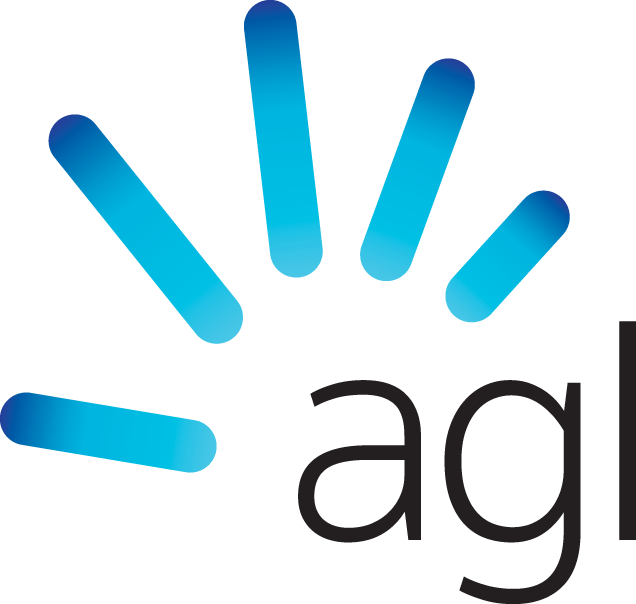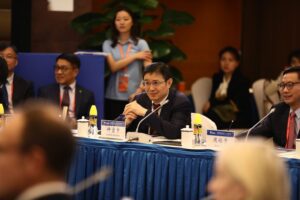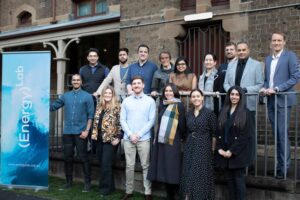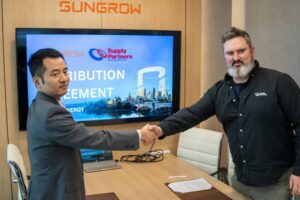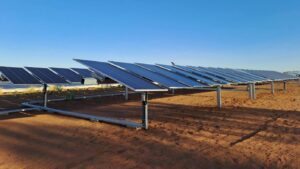PRESS RELEASE
Coopers Gap Wind Farm, located 180km north-west of Brisbane, will become a significant renewable energy project for Queensland and the largest wind farm in the state.
It has an approved capacity of up to 460 MW, which would produce around 1,400 GWh of renewable energy, powering more than 240,000 average Australian homes. The renewable energy produced would reduce CO2 emissions by approximately 1,100,000 tonnes annually, which is the equivalent of talking over 320,000 cars off the road.
AGL’s Coopers Gap Wind Farm Project Manager, Evan Carless, said it is hoped the wind farm will be the next greenfield renewable development offered to the Powering Australian Renewables Fund (PARF).
“The PARF is a partnership between AGL, QIC and Future Fund, which is targeting the development of approximately 1,000 MW of large-scale renewable energy projects.
“The wind farm will provide economic as well as environmental benefits. It is another example of how AGL is committed to building a sustainable energy future,” Mr Carless said.
The site will be located on 10 properties near Cooranga North between Dalby and Kingaroy on land which is predominately used for cattle grazing and other farming activities. The wind farm is planned to be connected to a new Powerlink substation along the new Western Downs to Halys 275kV transmission line built by Powerlink.
About AGL
AGL is one of Australia’s leading integrated energy companies. It is taking action to responsibly reduce its greenhouse gas emissions while providing secure and affordable energy to its customers. Drawing on 180 years of experience, AGL serves its customers throughout eastern Australia with meeting their energy requirements, including gas, electricity, solar PV and related products and services. AGL has a diverse power generation portfolio including base, peaking and intermediate generation plants, spread across traditional thermal generation as well as renewable sources including hydro, wind, solar, landfill gas and biomass.

